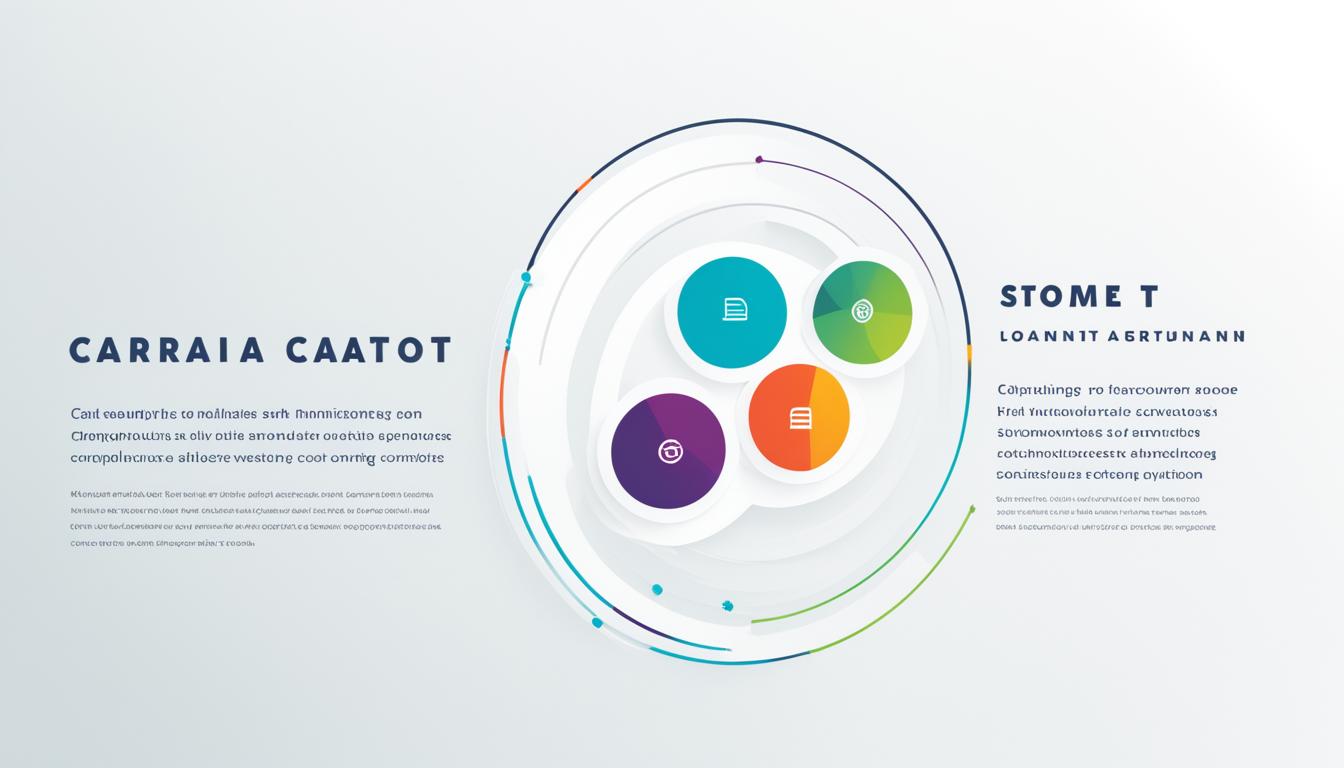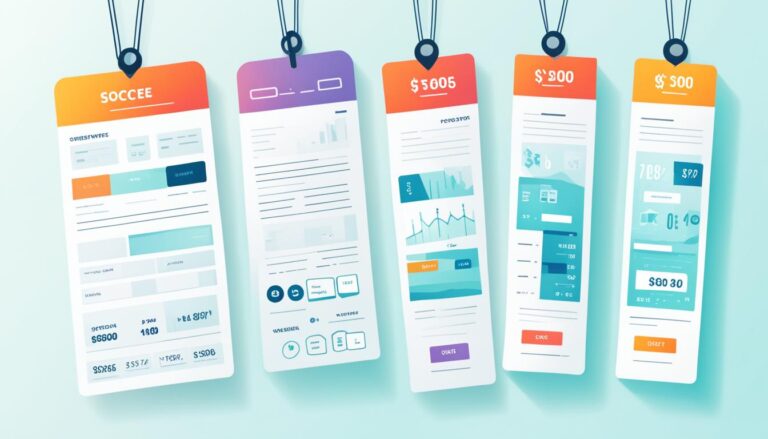Mastering Website Design: How-To Tutorials Guide
Welcome to our comprehensive guide on website design! Whether you’re a beginner looking to learn the ropes or a seasoned developer seeking new insights, this tutorial is your go-to resource for mastering the art of website design. In this first section, we’ll delve into the fundamental principles of website design and explore the essential tools required to build a stunning website.
Website design encompasses a range of disciplines, including visual aesthetics, user experience, and technical implementation. By understanding and applying these principles, you can create a website that not only looks great but also engages visitors and drives results.
Before diving into the specifics, it’s crucial to have a solid foundation in the tools of the trade. When building a website, you’ll need a text editor to write code, such as HTML, CSS, and JavaScript. These languages form the backbone of web development, allowing you to structure and style your website. Additionally, you’ll require web hosting and a domain name to make your website accessible to users worldwide.
While coding from scratch is an option, content management systems (CMS) like WordPress offer a user-friendly interface that simplifies the design process. CMS platforms provide pre-built templates and customization options, allowing you to create a website quickly and efficiently.
Now that you have an overview of the necessary tools let’s explore the key principles of website design. By incorporating these principles into your design process, you can create a website that grabs attention, engages visitors, and achieves its intended purpose.
Throughout this guide, we’ll provide step-by-step tutorials, expert advice, and practical tips to help you navigate the world of website design. Whether you’re starting from scratch or looking to enhance your existing website, our comprehensive guide will equip you with the knowledge and skills to create remarkable websites.
The Power of Visual Appeal and User Experience
Visual design is a fundamental aspect of website design and plays a crucial role in creating an immersive user experience. By incorporating captivating visual elements, relevant images, and a cohesive visual hierarchy, websites can engage visitors and leave a lasting impression. Strategic use of color schemes, typography, and spacing creates an aesthetic appeal that enhances the overall user experience.
User-friendly navigation is essential for ensuring that visitors can navigate through the website effortlessly. A well-structured navigation menu and intuitive interface guide users to the information they seek, reducing friction and enhancing satisfaction. Clear and concise labeling, dropdown menus, and breadcrumb trails are effective techniques for achieving user-friendly navigation.
In today’s digital landscape, where a significant proportion of website traffic comes from mobile devices, mobile responsiveness is imperative. Responsive design techniques ensure that websites adapt seamlessly to different screen sizes, producing optimal viewing experiences for users across all devices. This approach increases engagement, reduces bounce rates, and boosts conversion rates.
In addition to responsive design, optimizing for multi-platform accessibility further enhances the user experience. Websites must be easily accessible, not only on desktops and mobile devices but also on tablets, smart TVs, and other digital platforms. By ensuring compatibility and usability across various devices, businesses can reach a broader audience and provide consistent experiences.
An often overlooked aspect of website design is the strategic integration of descriptive alt text. Alt text provides textual descriptions of images, helping visually impaired users comprehend the content through assistive technologies. By including relevant keywords and providing accurate alt text, websites can improve their accessibility and ensure inclusivity for all visitors.
The Convergence of Creativity and Functionality
In the realm of web design, the perfect blend of creativity and functionality is paramount. It is through this convergence that businesses can create visually captivating websites that not only appeal to their target audience but also fulfill their specific needs. By leveraging cutting-edge design software and honing their coding skills, businesses can unlock a world of possibilities in their web design journey.
Creativity serves as the catalyst for exploration and innovation in web design. It allows businesses to break free from conventional constraints and develop unique digital experiences. From eye-catching layouts to captivating visuals, creativity infuses a sense of artistry into every aspect of the website. However, it is through the lens of functionality that this creativity truly shines.
Functionality complements creativity by ensuring a seamless user experience. It enables businesses to create websites that not only look impressive but also fulfill their intended purpose. The incorporation of intuitive navigation, clear calls-to-action, and responsive design guarantees that users can effortlessly interact with the website, regardless of the device they use. The end result is a website that resonates with visitors and keeps them engaged.
Building a website is a transformative journey that enables businesses to redefine their digital identity. It entails a continuous process of refinement and enhancement to stay ahead of industry trends while adapting to evolving user preferences. With an effective website design, businesses can establish a distinctive digital presence, foster meaningful connections, and stand out in the competitive online sphere. It is through the careful unity of creativity and functionality that this transformative power is unleashed.
FAQ
What are the essential tools for building a website?
The essential tools for building a website include a text editor, HTML, CSS, JavaScript, web hosting, and a domain name. Content management systems like WordPress are also helpful for creating websites quickly.
What website design principles should I consider?
Key website design principles to consider are having a clear purpose, establishing visual hierarchy, ensuring easy navigation, maintaining consistency, utilizing white space, prioritizing accessibility, and optimizing for mobile responsiveness and loading speed.
How does visual design enhance website user experience?
Visual design plays a crucial role in website design and user experience. It involves integrating captivating visual elements, relevant images, and a cohesive visual hierarchy to create an appealing and engaging website.
Why is user-friendly navigation important in website design?
User-friendly navigation is essential for guiding visitors through the website easily. It helps visitors find the information they need quickly, improving their overall experience and increasing the likelihood of them staying on the site longer.
How can I ensure my website is accessible on different devices?
Implementing responsive design techniques and optimizing for multi-platform accessibility ensures that the website is accessible and user-friendly on different devices, including desktop computers, tablets, and mobile phones.
What is the role of alt text in website design?
The strategic integration of descriptive alt text enhances the overall accessibility of the website and ensures inclusivity for all visitors, including those using screen readers or with visual impairments.
Why is there a balance between creativity and functionality in web design?
The balance between creativity and functionality is crucial in web design. Creativity allows for exploration and innovation, while functionality ensures a seamless user experience. Both elements work together to create visually appealing and user-friendly websites.
What tools can I use to enhance my web design creativity?
Businesses can leverage design software and hone their coding skills to create visually appealing websites that align with their specific needs and brand identity.
How does effective website design help businesses establish their digital identity?
Effective website design helps businesses establish a distinctive digital identity and foster meaningful connections in the online sphere. It allows businesses to showcase their brand, products, and services in a visually appealing and user-friendly way, creating a positive impression on visitors.
How can I keep my website up-to-date with industry trends and user preferences?
Building a website involves a transformative journey that requires an iterative process of refinement and enhancement. By staying informed about industry trends and understanding user preferences, businesses can continuously update and improve their website to ensure it remains relevant and engaging.










